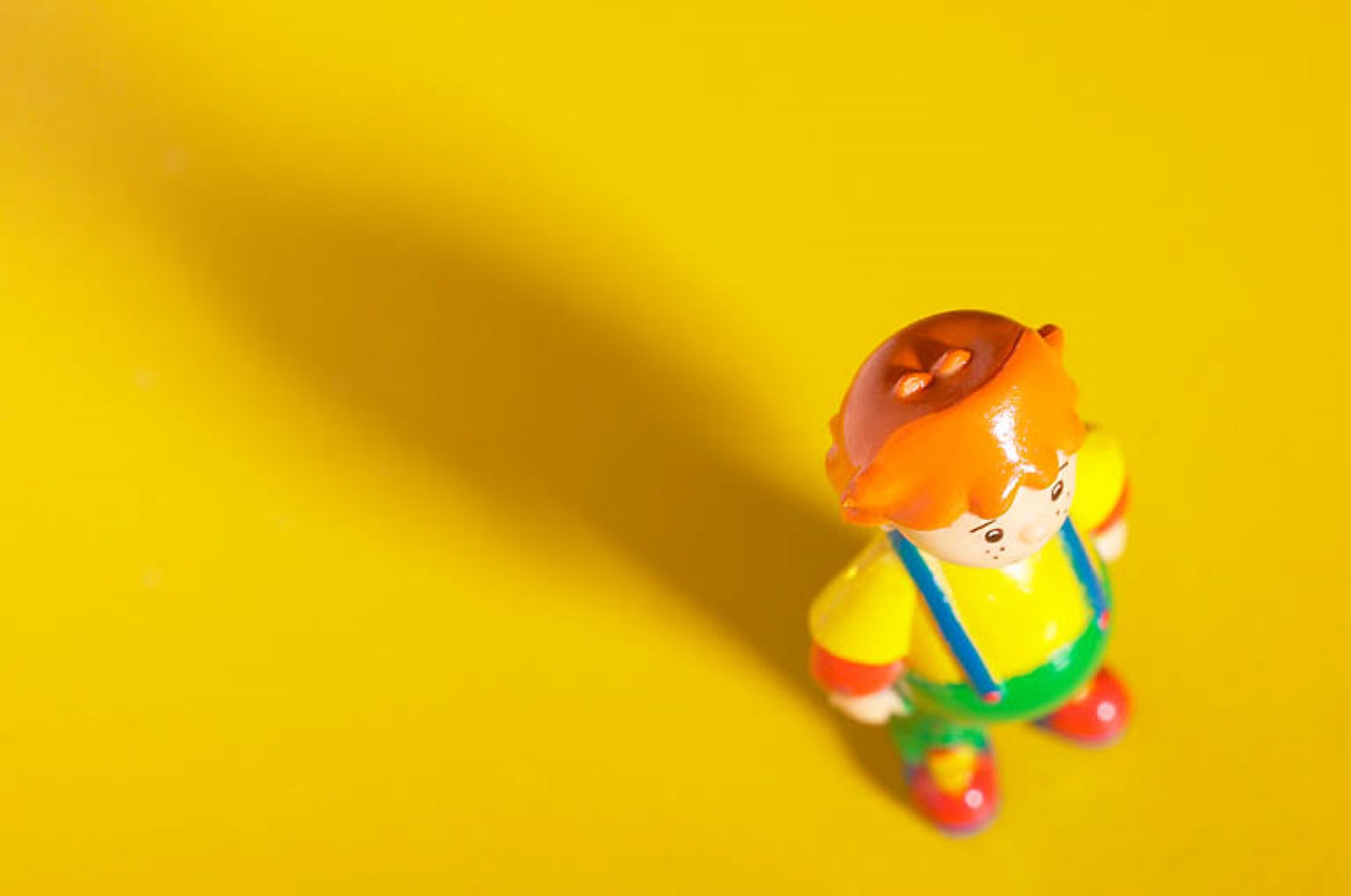
with psoriasis
You have no items in your basket
As many as 12,000 children in the UK are affected by juvenile idiopathic arthritis (JIA).
There are three main types:
Juvenile psoriatic arthritis is sometimes thought of as part of the spectrum of juvenile chronic arthritis summarised above but others regard it as a separate disease to be distinguished from these, having more in common with reactive arthritis and juvenile ankylosing spondylitis.
The Vancouver criteria for diagnosis of psoriatic arthritis in childhood are a useful guide:
There is a tendency for girls to be more likely to be to be affected than boys. Simultaneous onset of rash and arthritis is rather uncommon. As in the adult variety the end joints of the fingers are commonly involved. Generally, in juvenile chronic arthritis this does not happen but tendons are often inflamed. Of the joints involved the knee seems commonest in children.
Chronic iridocyclitis, the eye inflammation more usually seen in the form of juvenile chronic arthritis with few joints involved, occurs in 8-17% of cases of psoriatic arthritis of childhood.
In terms of severity, the condition lies somewhere between the forms of juvenile chronic arthritis with few and with many joints involved. No more than 10% of affected children have seriously disabling forms of the disorder.
Using strict criteria, researchers estimate that psoriatic arthritis accounts for up to 8% of cases of childhood arthritis. Using less strict criteria, including a period of five years follow-up during which the psoriasis may appear, they think the real figure may be 20%. (source: Oxford Textbook of Rheumatology, Madison, Isenberg, Woo & Glass, Vol.2 1993,677-679 and 714-715, Oxford Medical Publications)
If your child develops painful joints and there is a family history of psoriasis - even if the child shows no psoriasis at the time - it is worth mentioning the possibility to your doctor and even more so, if any family member has psoriatic arthritis. If doubt remains, you should ask for a referral to a specialist - ideally a paediatric rheumatologist, but as these are few a paediatrician or adult rheumatologist with an interest in the condition.
The main aims of treating juvenile psoriatic arthritis are to reduce joint inflammation, maintain mobility and prevent deformity. Physiotherapy is as important as drug treatment. Daily exercises, hydrotherapy (supervised exercise in a warm pool), and day and night splints are all important for long-term joint mobility. The aim of treatment is for your child to have as normal and active a childhood as possible.